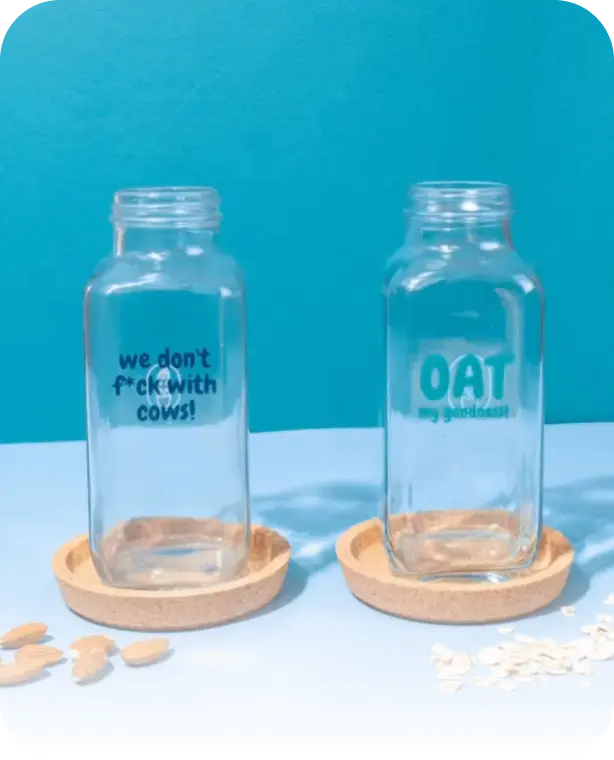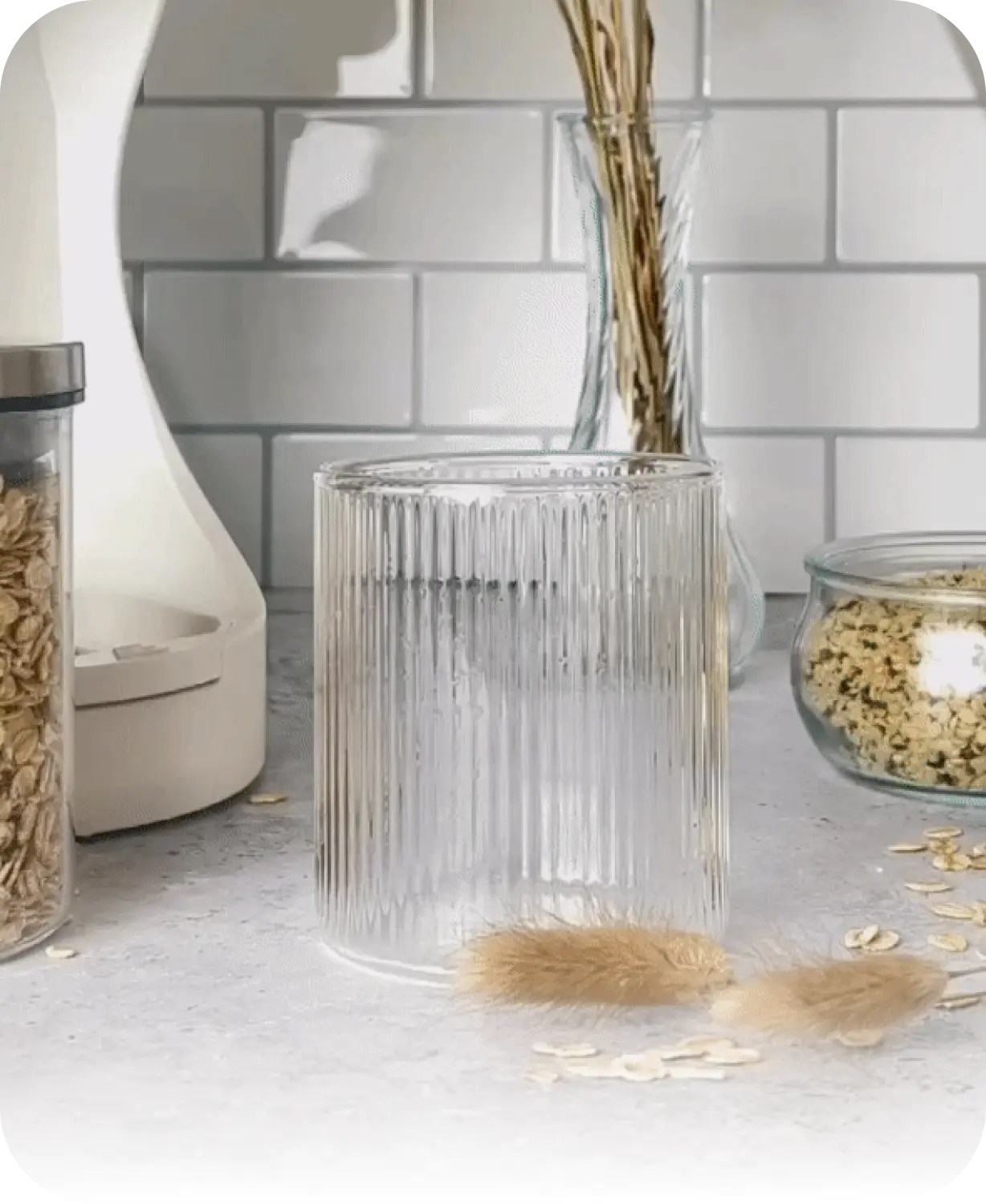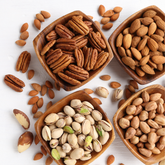As the climate crisis becomes more urgent, many of us are rethinking what we put on our plates and in our glasses. Dairy milk, long considered a dietary staple, has come under scrutiny for its environmental footprint. With new data from 2025 highlighting the unsustainable toll of traditional dairy, the case for shifting to plant-based alternatives has never been stronger. Here's what the latest research tells us about the real environmental cost of dairy and why fresh, homemade plant milk is a smart and sustainable choice.
Emissions: A Major Climate Culprit
According to the latest UN Food and Agriculture Organization (FAO) data, the global dairy sector is responsible for over 3.4% of all human-induced greenhouse gas emissions, more than the entire aviation industry. Cows produce methane, a greenhouse gas that’s up to 80 times more potent than CO₂ over a 20-year period. In 2025, methane emissions from dairy cattle continue to rise in regions where dairy consumption remains high, especially in North America and parts of Europe.
By comparison, most plant-based milks generate up to 80–90% fewer greenhouse gas emissions, with oat, soy, and cashew milk ranking among the lowest in carbon footprint.
Water Use: A Thirsty Industry
Producing just one litre of dairy milk requires an estimated 628 litres of water, from growing feed crops to hydrating the cows and processing the milk. By contrast, oat milk uses around 48 litres, and almond milk about 371 litres, though sourcing matters (more sustainable when made at home with locally sourced or organic almonds).
When you make your own plant milk using Milky Plant, you control the ingredients and avoid the hidden water costs of industrial processing and packaging.
Land Use: Forests vs. Feedlots
Dairy farming occupies a disproportionate amount of land that could otherwise be used to grow food for people or be rewilded to restore biodiversity. According to a 2025 Oxford University meta-analysis, dairy milk requires up to 10 times more land per litre compared to plant-based alternatives.
Much of this land is used to grow feed crops, contributing to deforestation, especially in South America. Switching to homemade plant milk means supporting a more efficient and earth-friendly food system.
Transport & Packaging: Hidden Costs
Beyond the farm, dairy also carries hidden environmental costs in transport, refrigeration, and packaging waste. Plant milks, especially when made fresh at home with a device like Milky Plant, significantly reduce these impacts. There’s no need for single-use cartons, plastic bottles, or cold-chain logistics. Just pure, clean milk from plants, made on demand.
Why It Matters Now
2025 is a turning point. Climate scientists are warning that we are approaching critical tipping points, and consumer habits must evolve fast. Choosing plant-based milk is one of the easiest and most impactful dietary changes we can make. It’s not only healthier and cruelty-free, it’s also a vote for the planet.
By making your own fresh plant milk at home with Milky Plant, you’re not just reducing your environmental footprint, you’re also cutting down on waste, additives, and unnecessary processing. Whether you love oat, almond, cashew, or hemp, Milky Plant makes it simple, clean, and sustainable.
Ready to make a difference?















